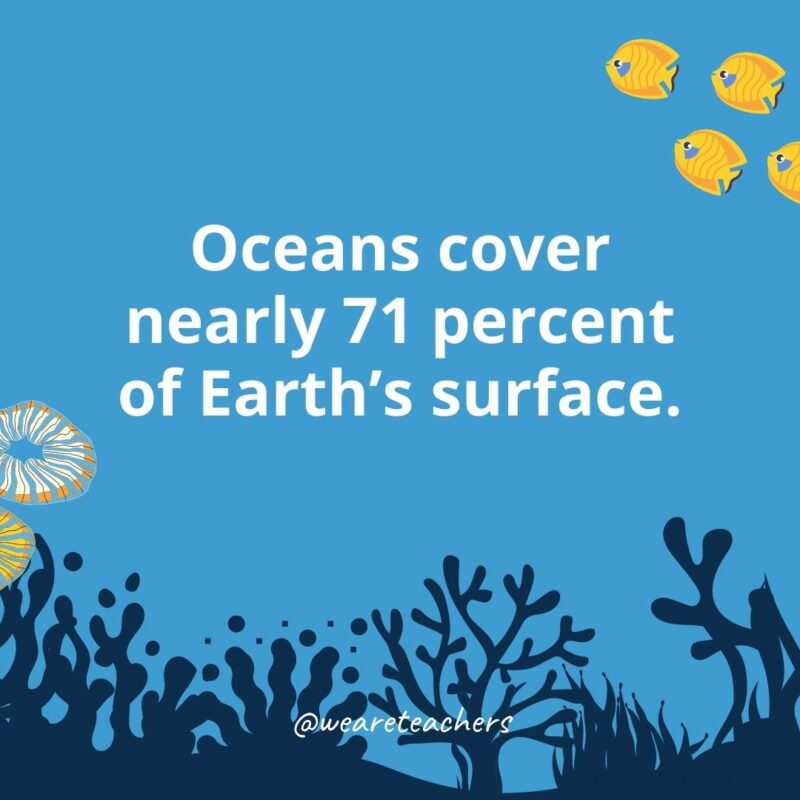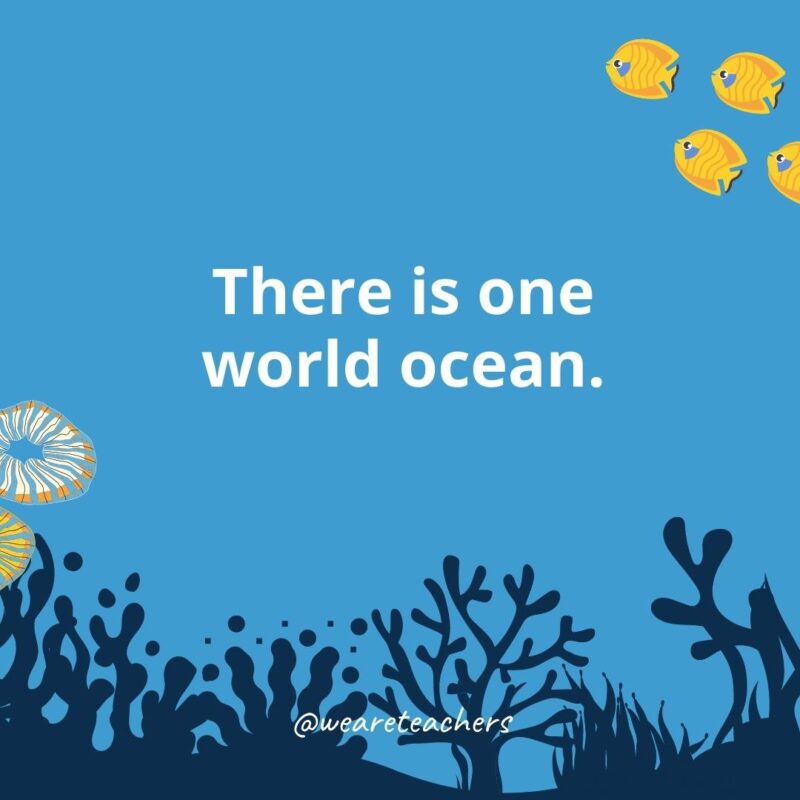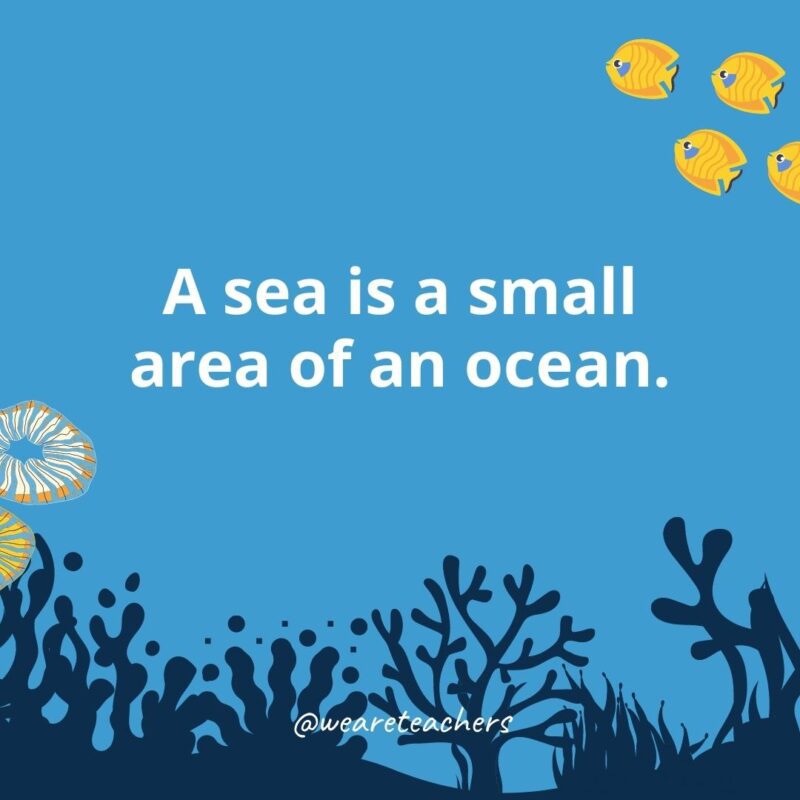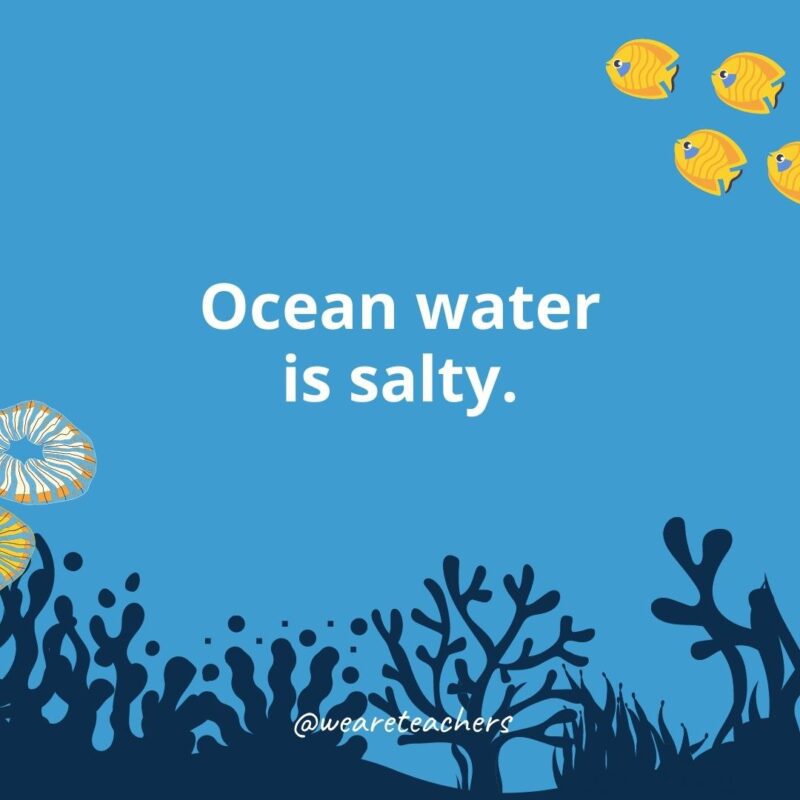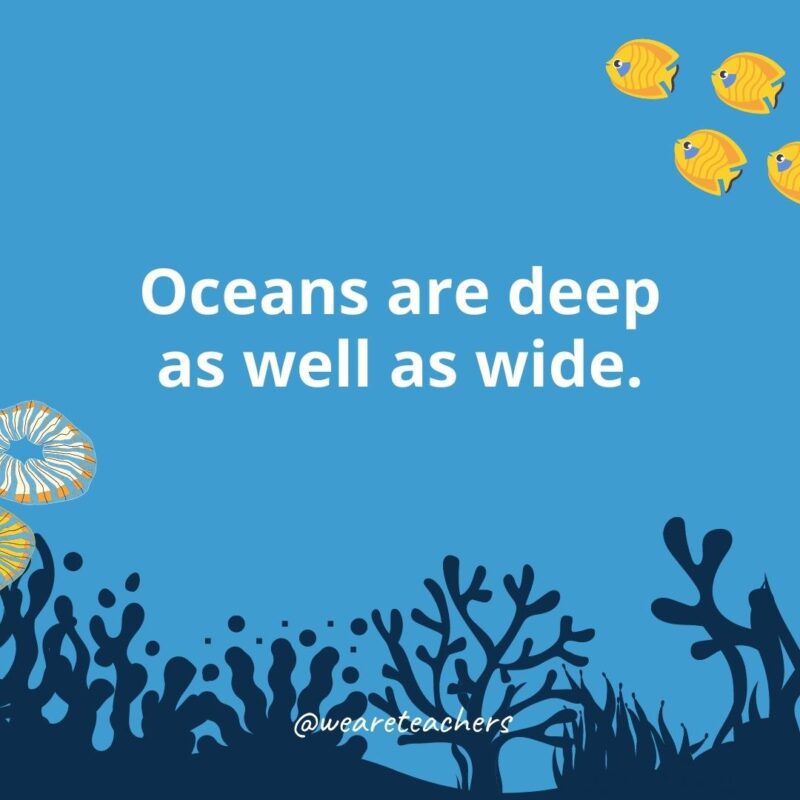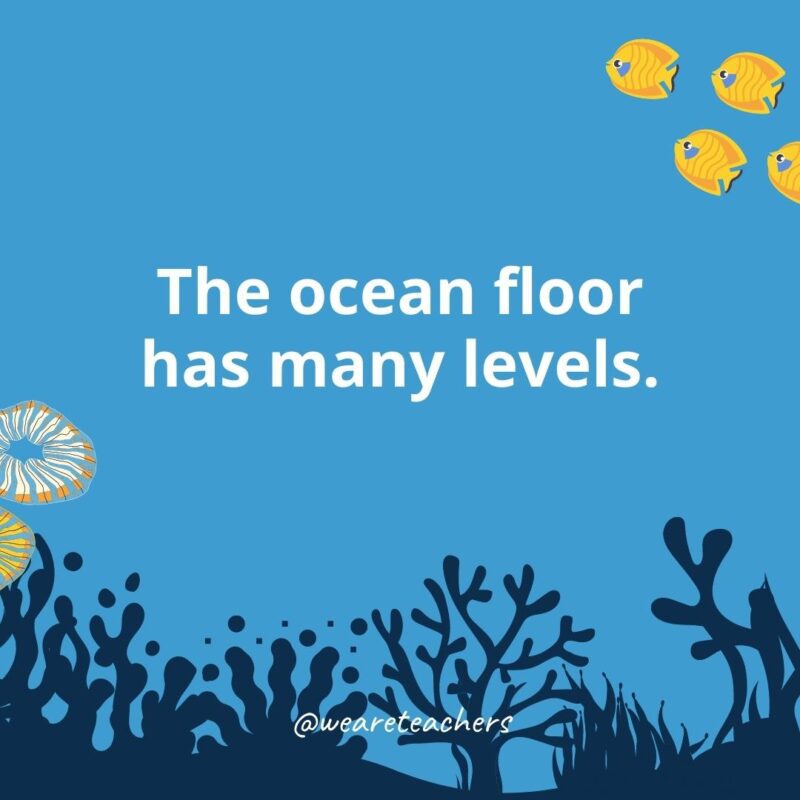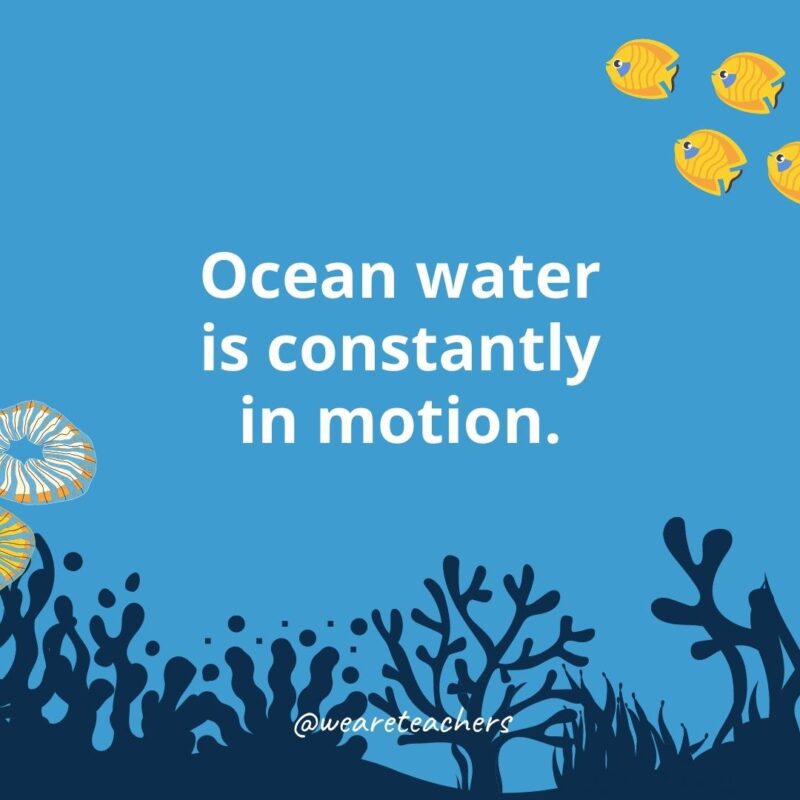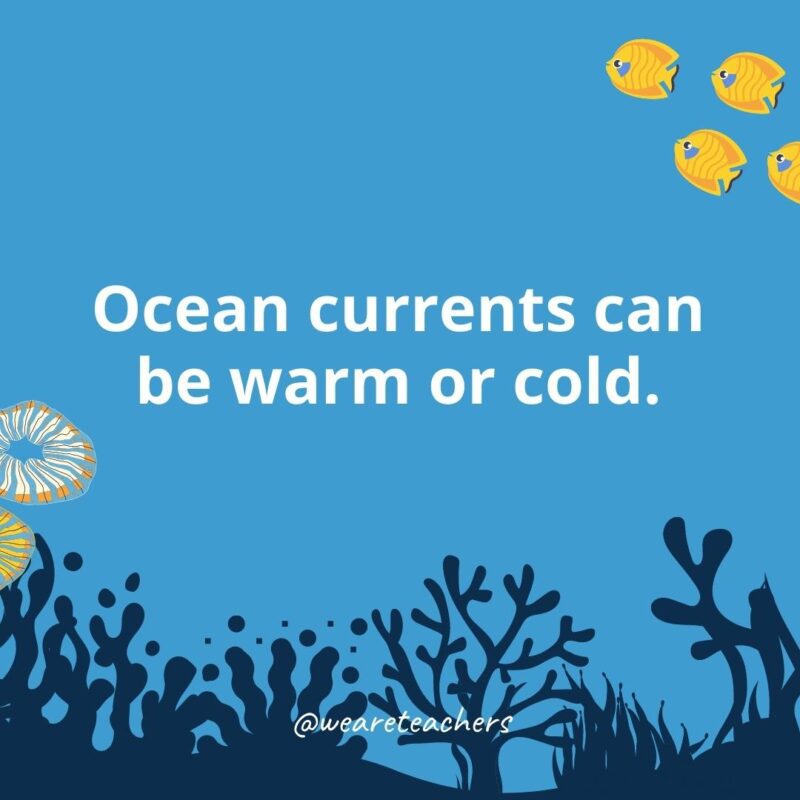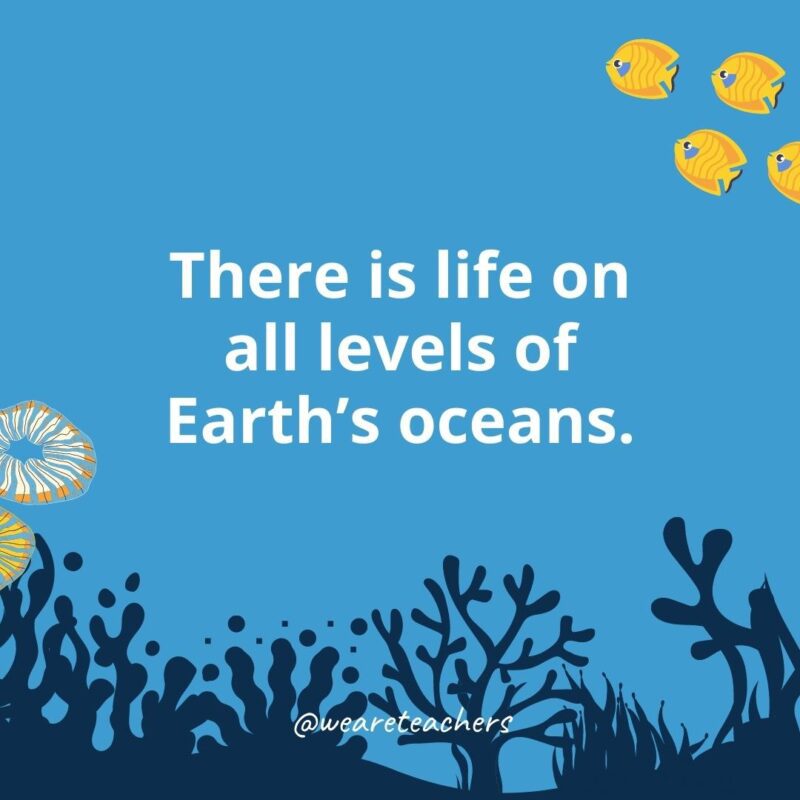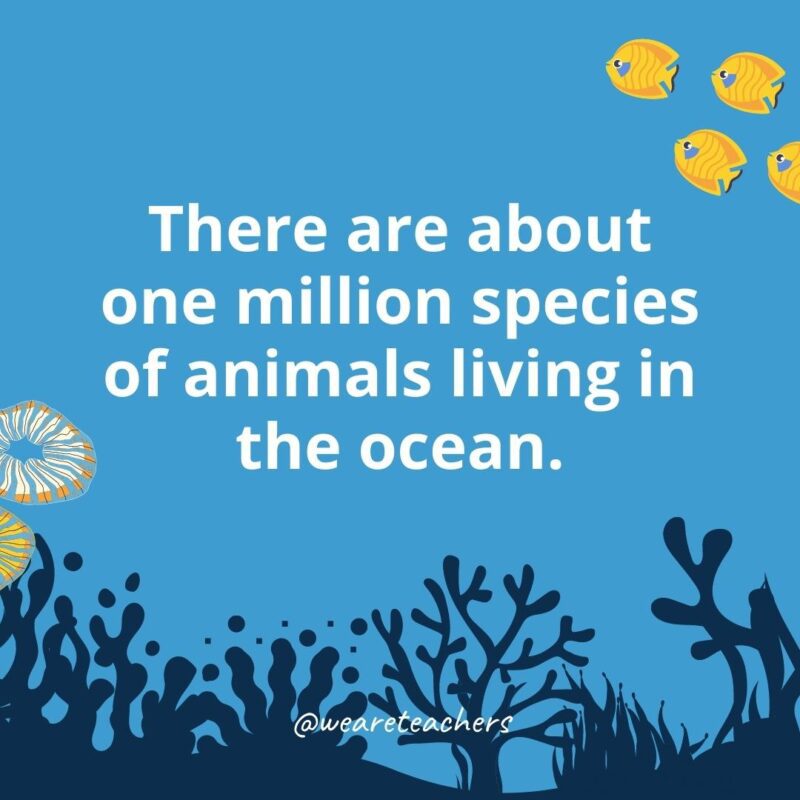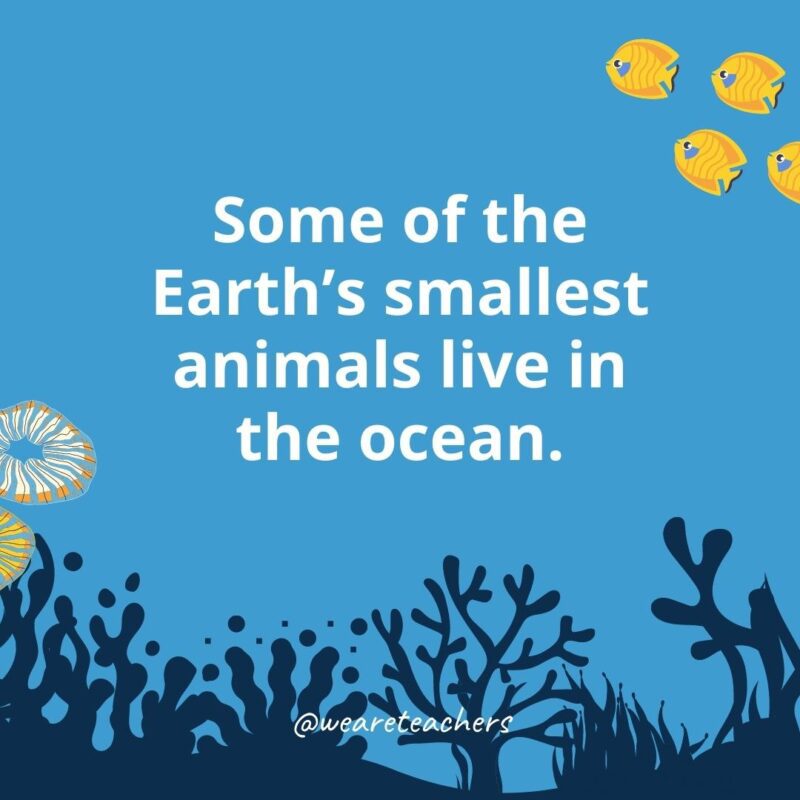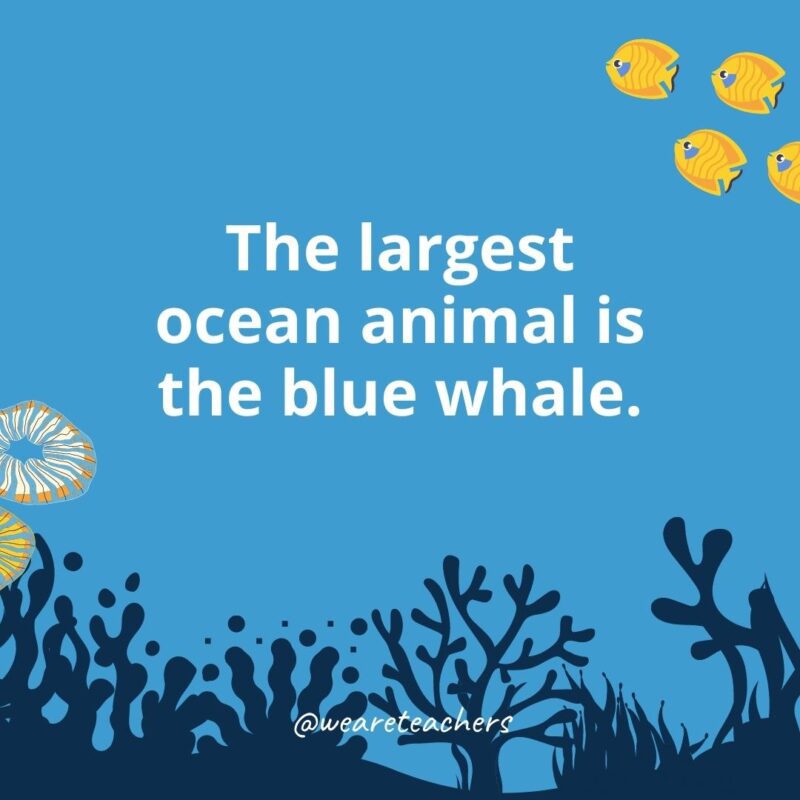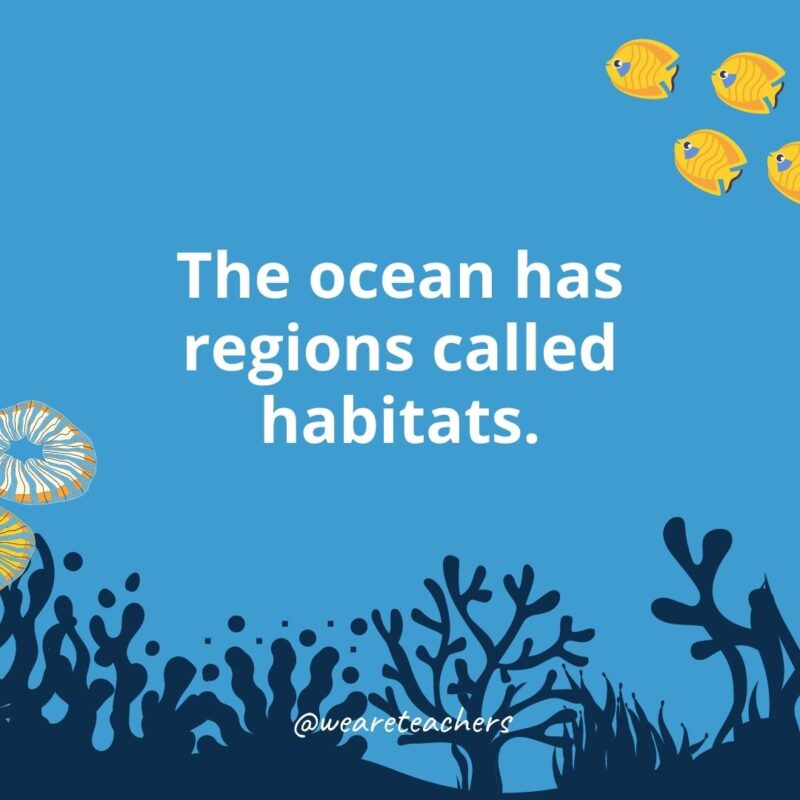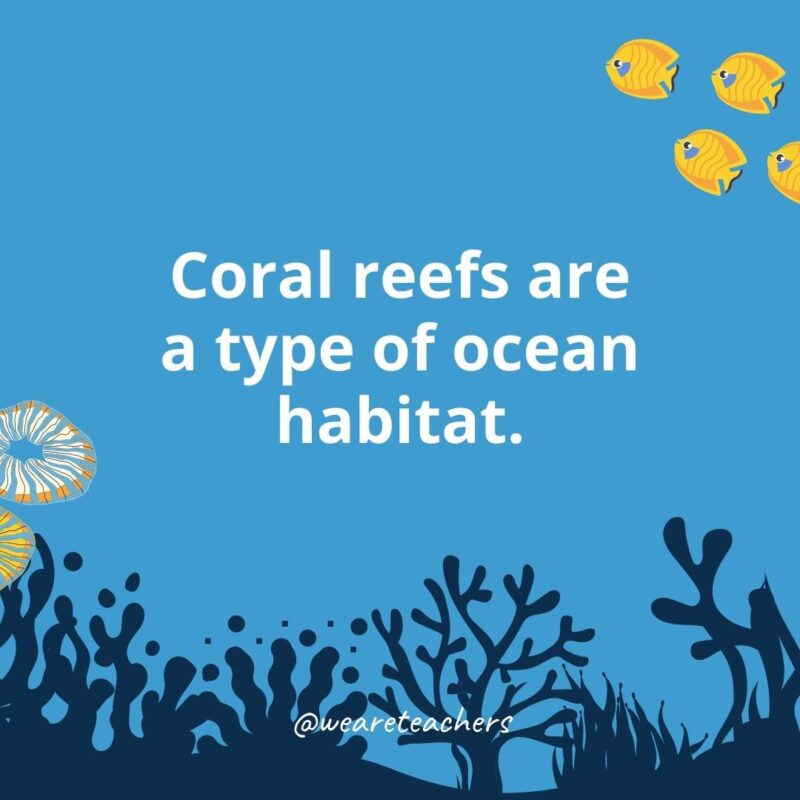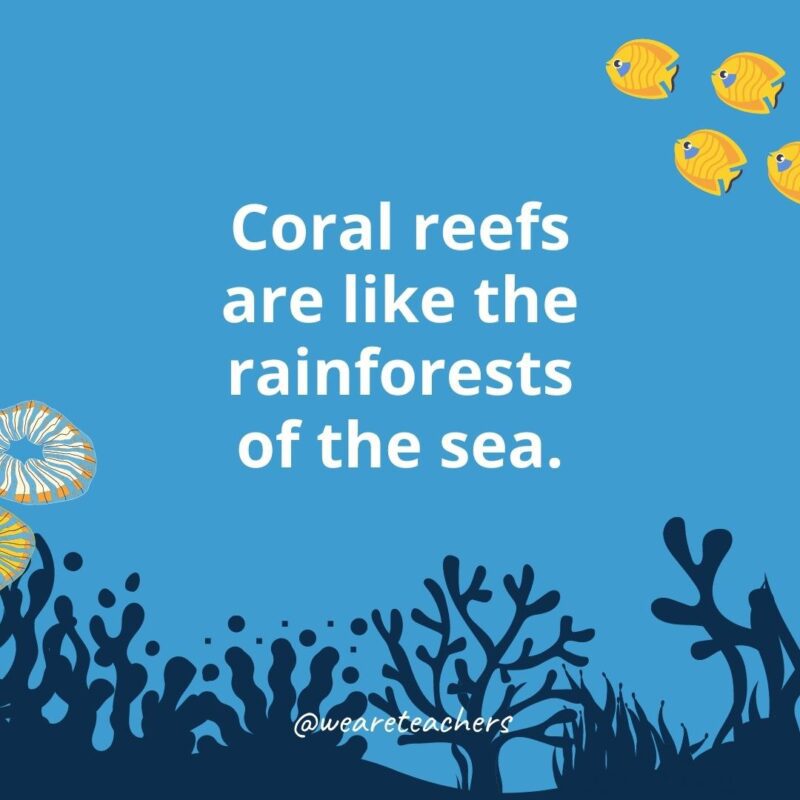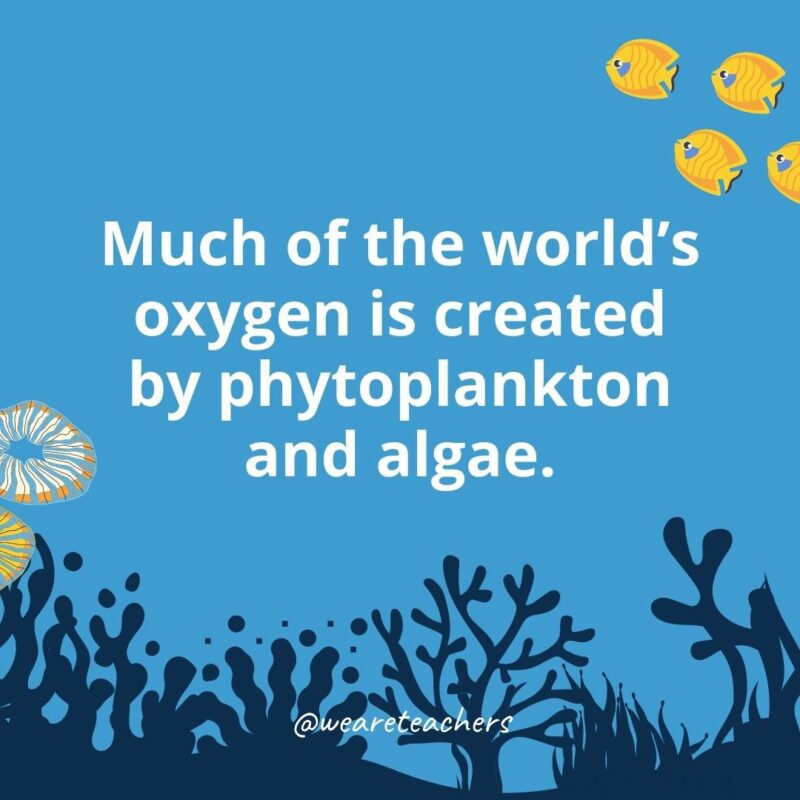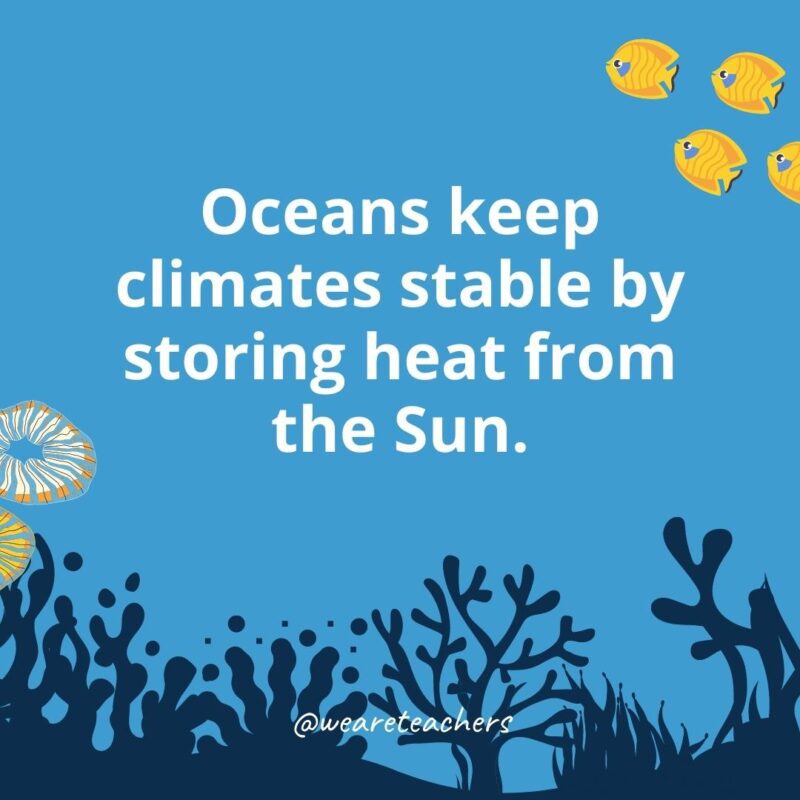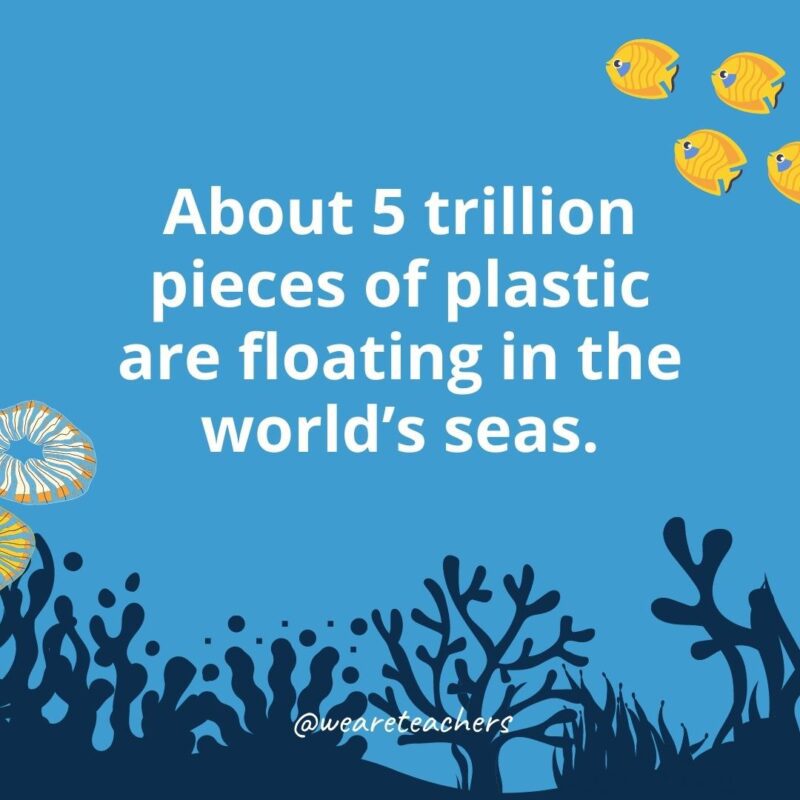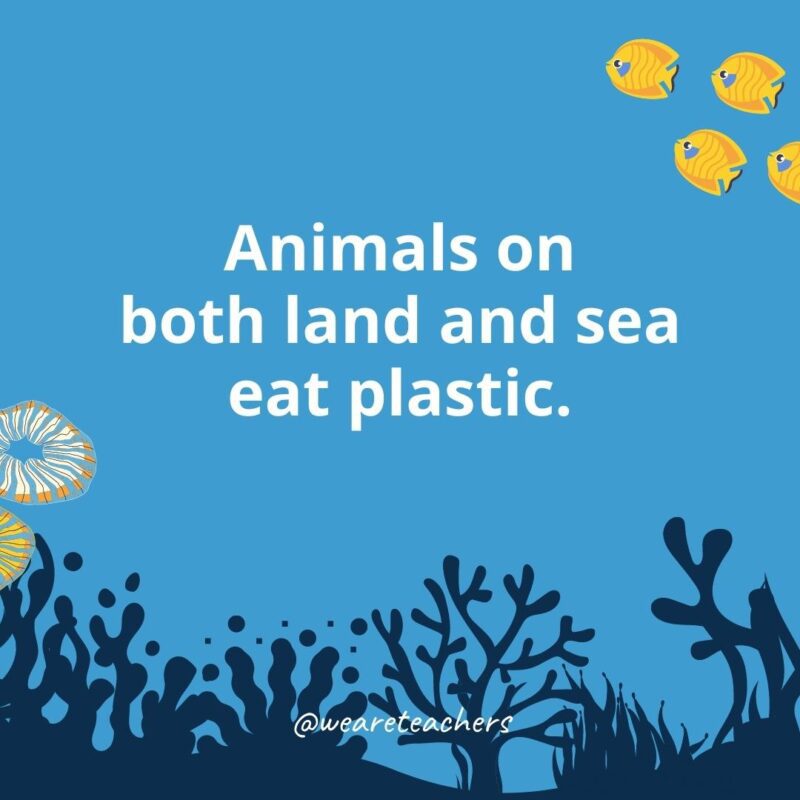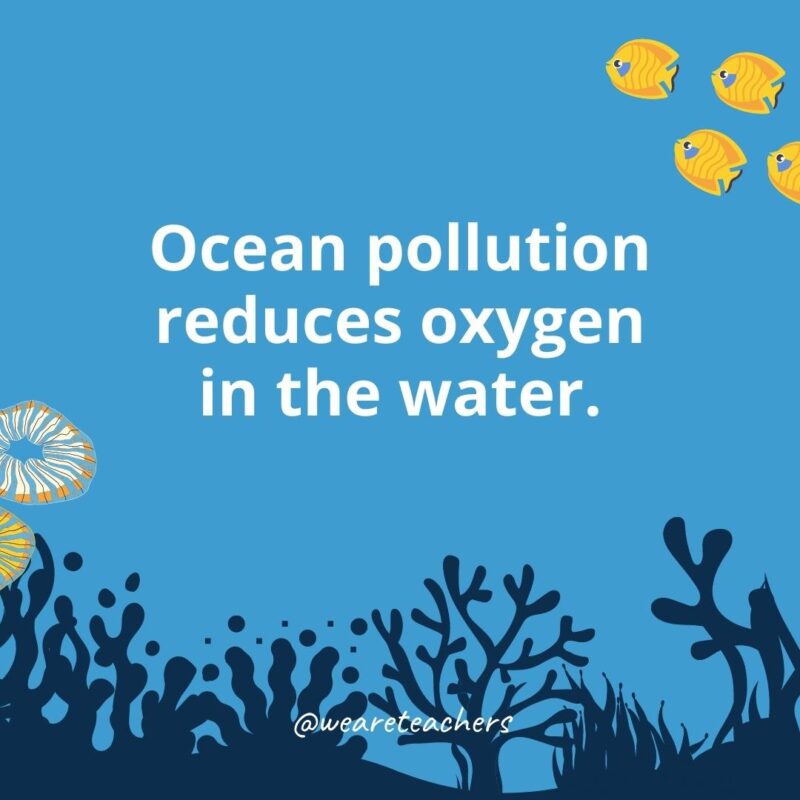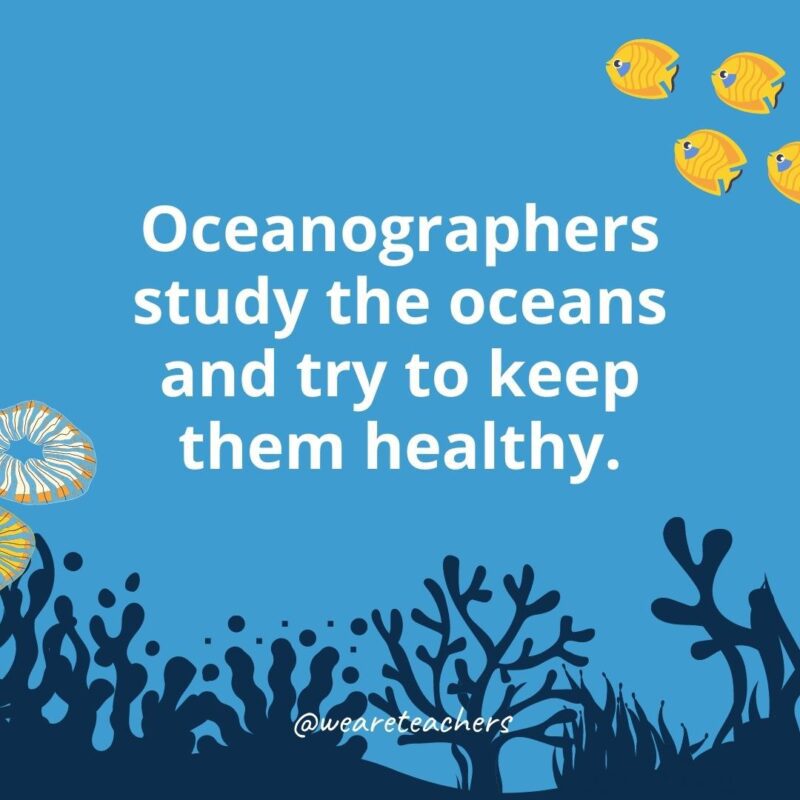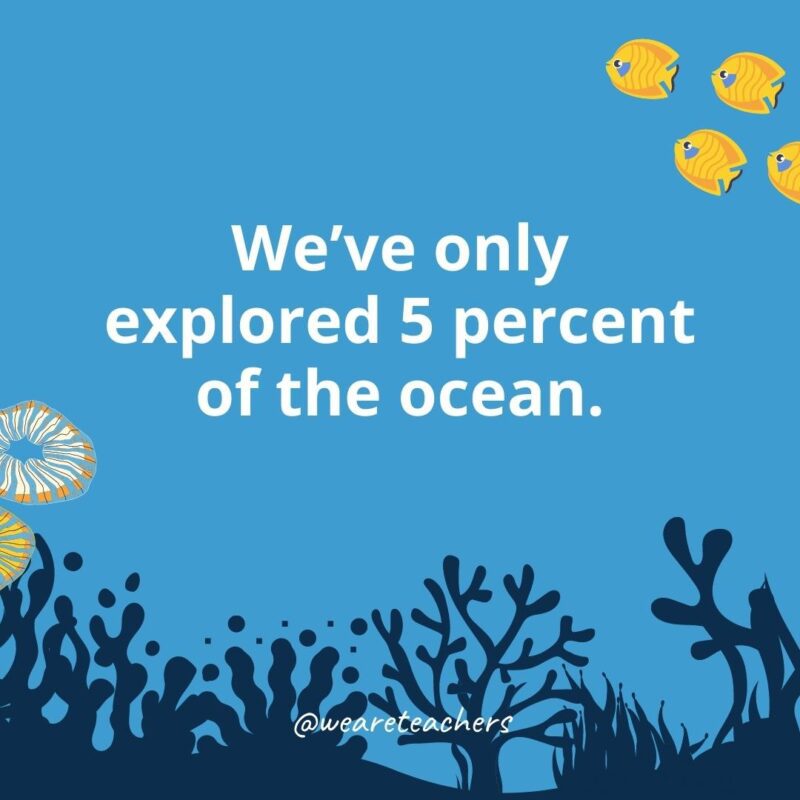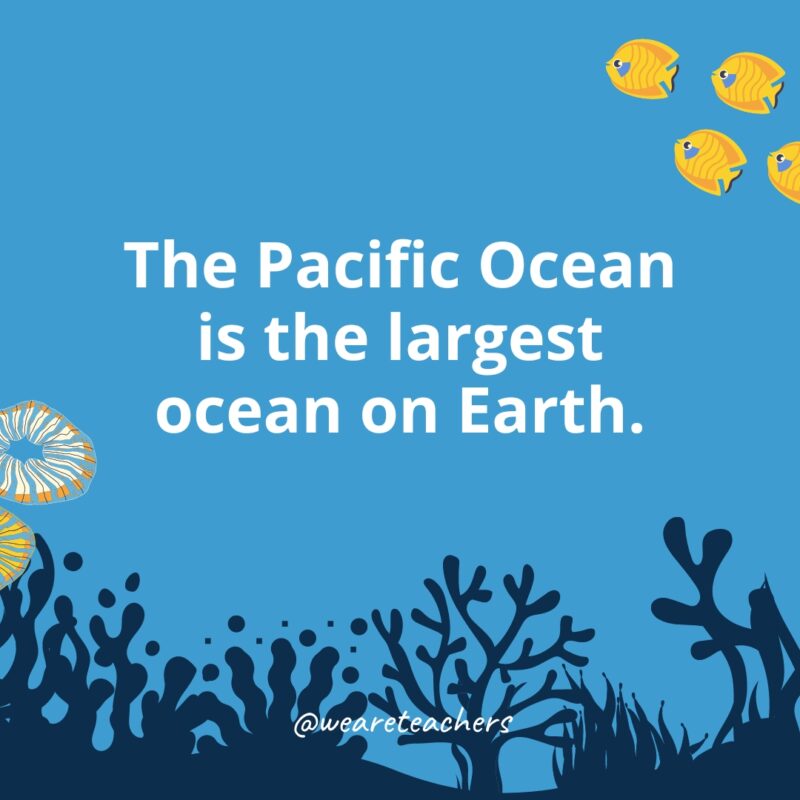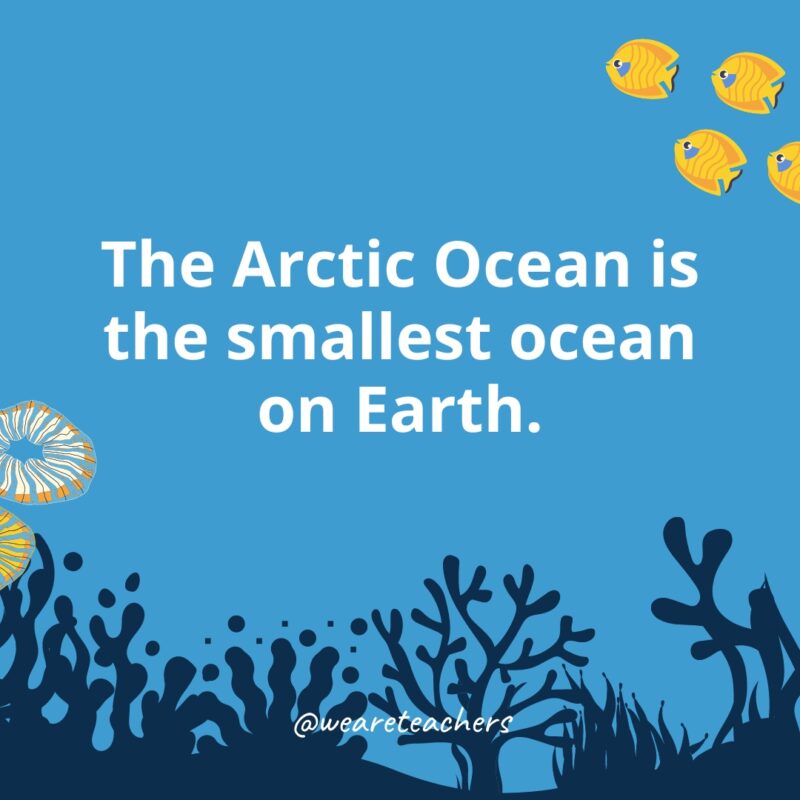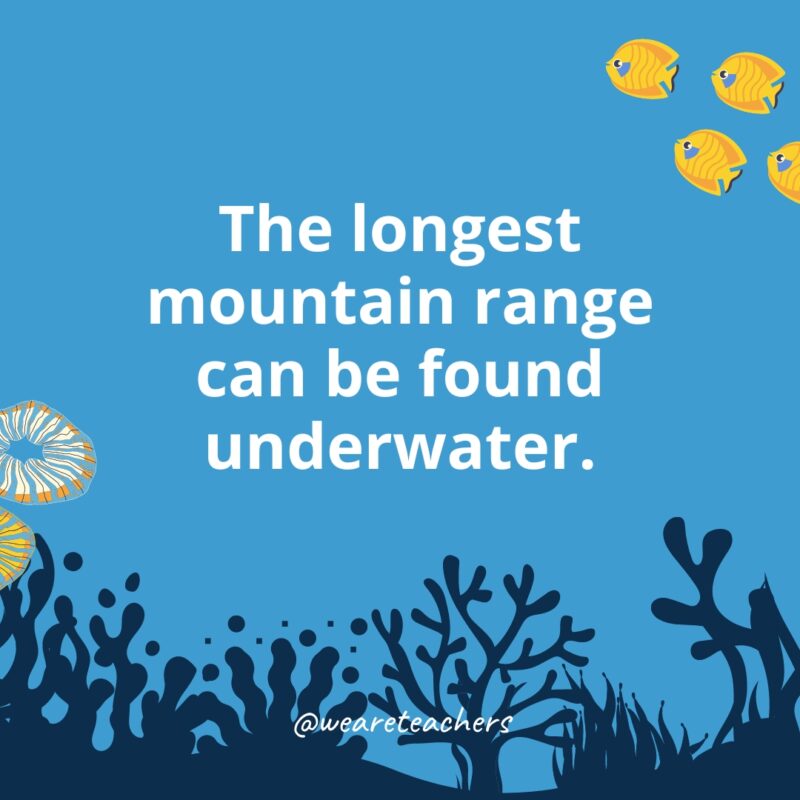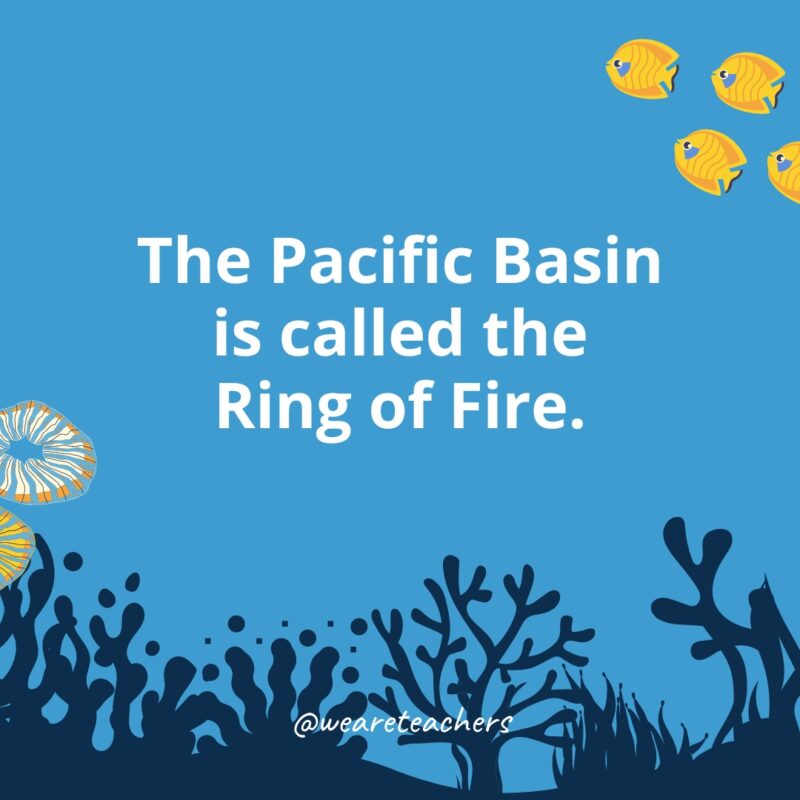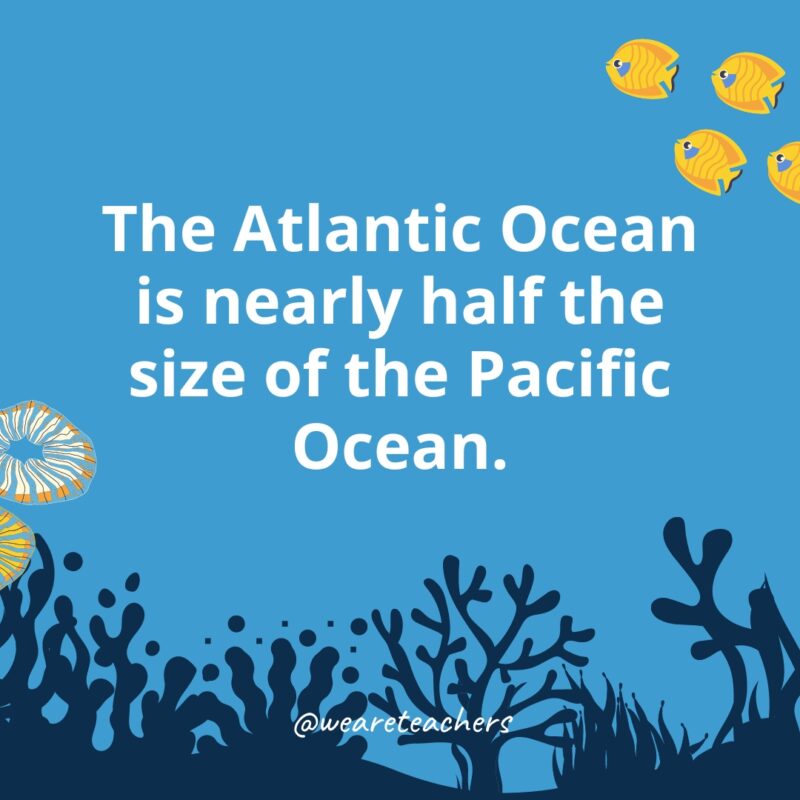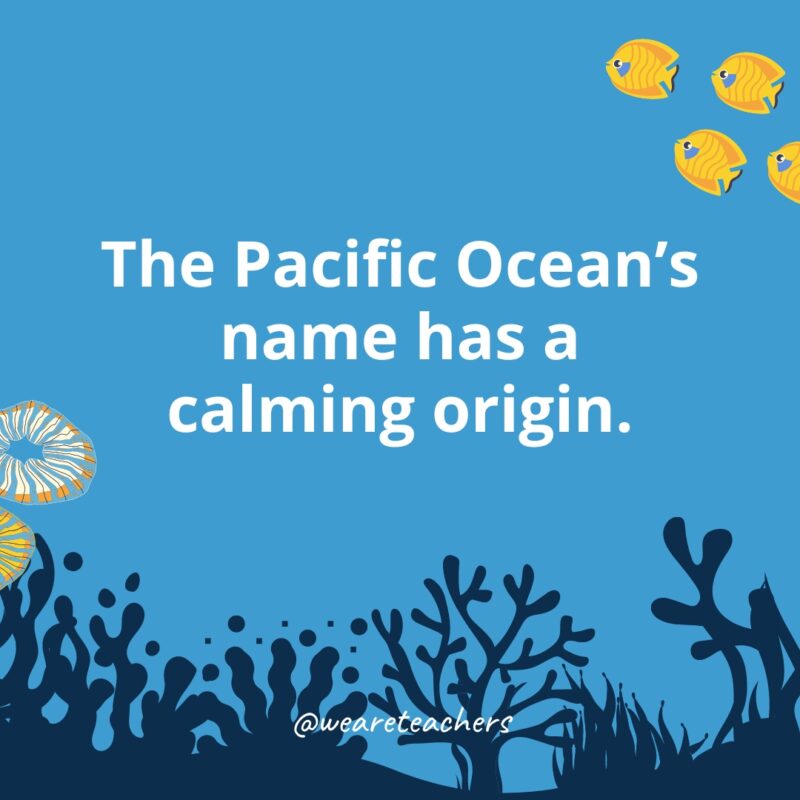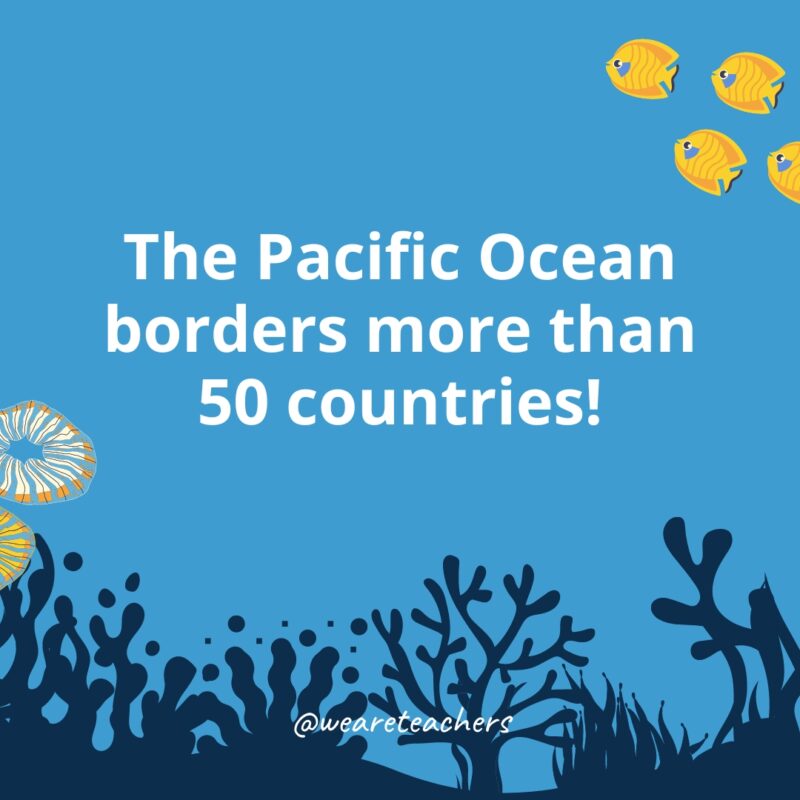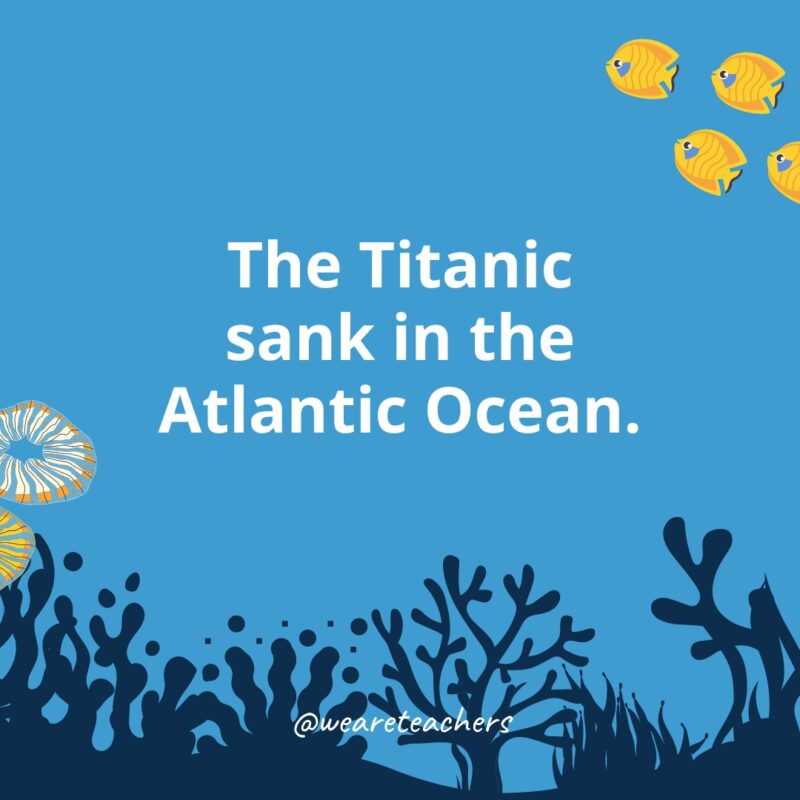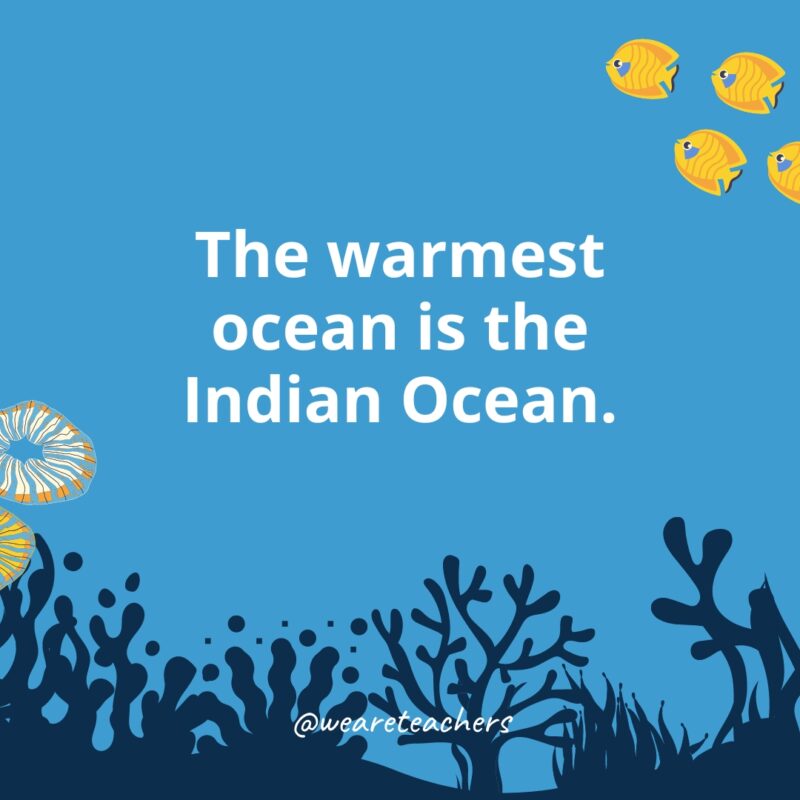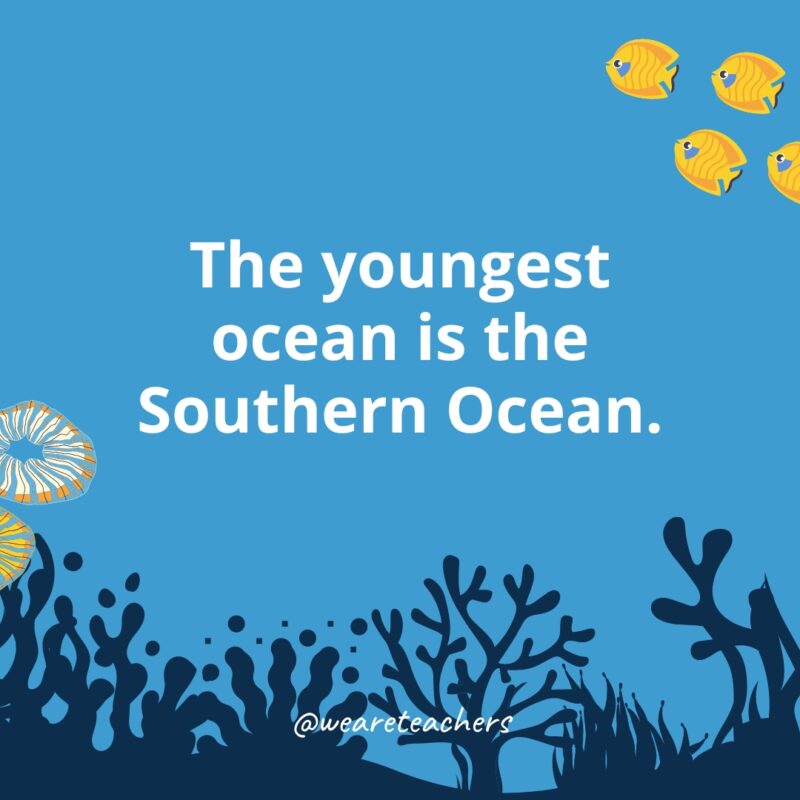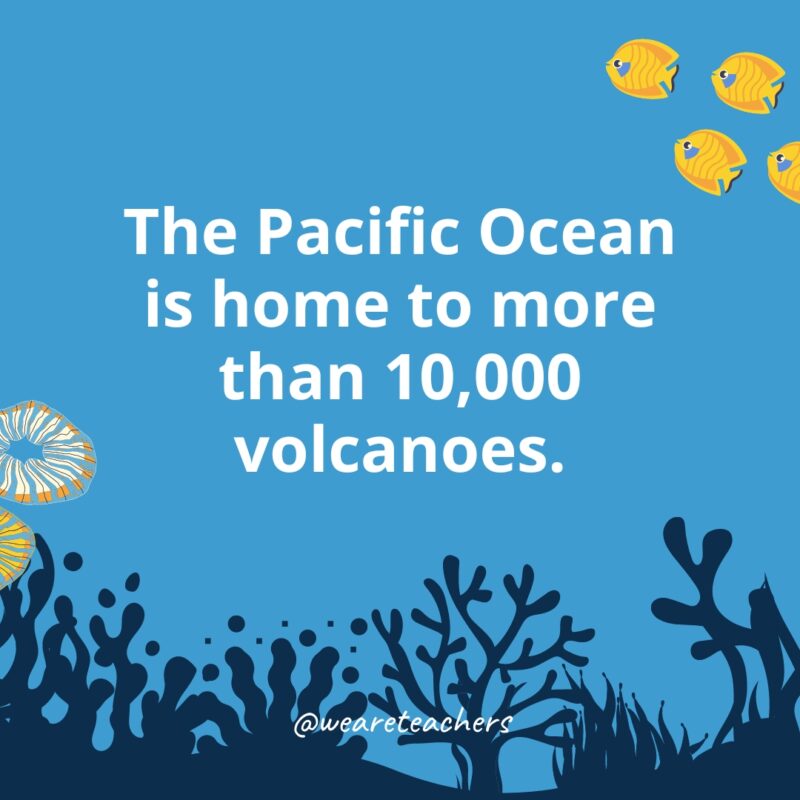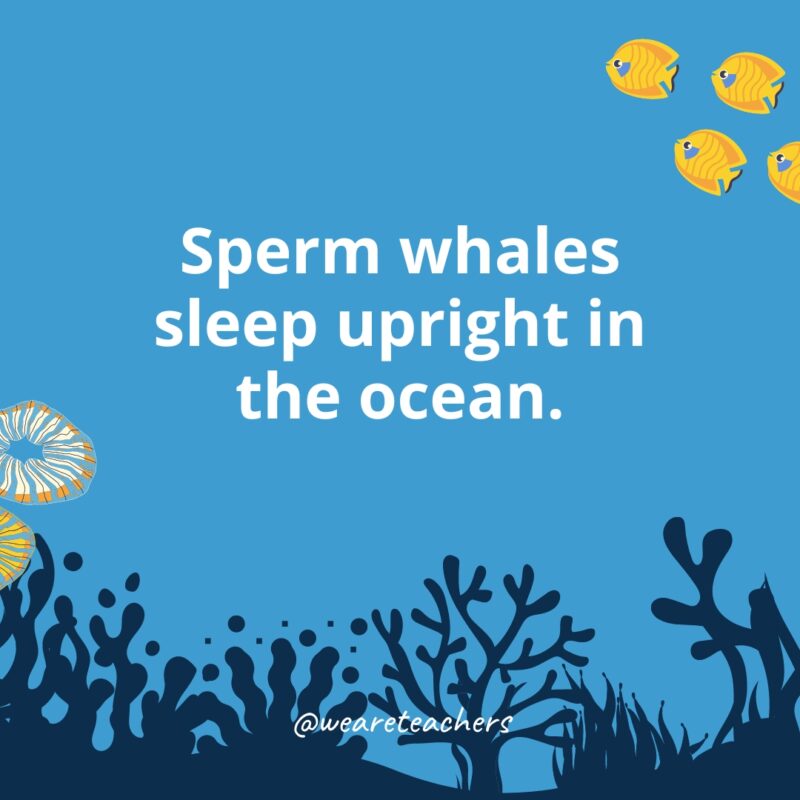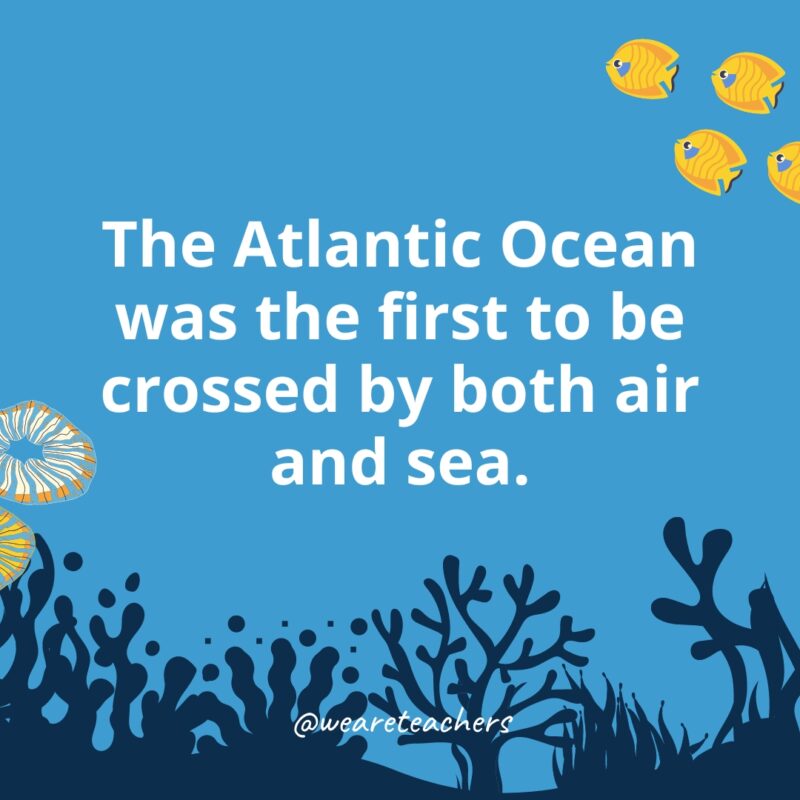Our Earth is covered with beautiful oceans—but how much do we know about them? While scientists have only explored a small portion of these bodies of water, we’ve learned a lot from their efforts. What’s a coral reef? Is table salt the same as what’s found in the ocean? What do oceanographers do? We’ve put together this list of amazing ocean facts for kids to share with your students in the classroom.
Oceans cover nearly 71% of Earth’s surface.
These huge bodies of salt water contain almost 98% of all the water on Earth.
There is one world ocean.
Scientists and geographers divide it into five different sections: the Pacific, the Atlantic, the Indian, the Southern, and the Arctic Oceans.
A sea is a small area of an ocean.
Seas usually have land on several sides. The Mediterranean Sea is located between Africa and Europe. The Baltic Sea can be found in northern and central Europe. You’ll find the Caribbean Sea between North, Central, and South America.
Ocean water is salty.
Its saltiness comes from sodium chloride, a chemical substance that is dissolved in the water. Our table salt is also sodium chloride but in crystal form!
Oceans are deep as well as wide.
The average ocean is a little over 2 miles deep. The deepest part of the ocean, though, is the Mariana Trench in the Pacific Ocean, which is almost 7 miles deep!
The ocean floor has many levels.
This might be one of the most interesting ocean facts on this list. The continental shelf, the shallowest part, runs along the edges of the continents. They slow down toward the deep parts, which are called the basins. All the way at the bottom of the basins are large, flat plains. Deep cracks in the ocean floor are called trenches.
Ocean water is constantly in motion.
Winds and other forces move large amounts of ocean water around Earth in patterns called currents. Watch this great video to learn more!
Ocean currents can be warm or cold.
The warm currents usually bring warm weather and rain while cold currents often cause a dry climate.
There is life on all levels of Earth’s oceans.
Whether it’s plants that grow near the water’s surface or animals swimming in their habitat, many living things call our oceans home.
There are about one million species of animals living in the ocean.
Most of them are invertebrates—animals without a backbone—such as shrimp and jellyfish.
Some of the Earth’s smallest animals live in the ocean.
Zooplankton are so small that you need a microscope to see them!
The largest ocean animal is the blue whale.
In fact, it’s the largest animal to ever live on Earth. It’s as long as two school buses! Watch this amazing video to learn more about blue whales.
The ocean has regions called habitats.
Distance from the shore, ocean depth, and temperature determine the types of plants and animals that live in an area of the ocean.
Coral reefs are a type of ocean habitat.
The skeletons of tiny animals called polyps harden to give living polyps a home. When polyps die, more move in. Coral reefs are formed from thousands of years of this cycle.
Coral reefs are like the rainforests of the sea.
They provide food and shelter to many kinds of ocean animals. Check out this video about our world’s Coral Kingdoms.
Much of the world’s oxygen is created by phytoplankton and algae.
Through photosynthesis, they produce about half of the oxygen that land-dwelling creatures (including humans!) breathe.
Oceans keep climates stable by storing heat from the Sun.
By moving water around the globe, oceans keep places from getting too hot or too cold.
About 5 trillion pieces of plastic are floating in the world’s oceans.
Sadly, 10% of all dead animals found in beach cleanups worldwide were entangled in plastic bags. Watch these kids take action against ocean plastic!
Animals on both land and sea eat plastic.
The devastating truth is that 90% of seabirds and 52% of sea turtles have accidentally eaten plastic trash. One expedition found plastic in the stomachs of 20% of the fish.
Ocean pollution reduces oxygen in the water.
Plastic pollution disrupts the species of bacteria that reside in the ocean and is responsible for producing oxygen. This is one of the most important ocean facts for kids you can share. We need to all do our part to protect our oceans!
Oceanographers study the oceans and try to keep them healthy.
Oceanographers monitor the way the water moves, look at the structures of basins and seafloors, examine the quality of the water, and study the plants and animals that live in oceans.
We’ve only explored 5% of the oceans.
Will you be the next oceanographer to discover an underwater trench or new species of fish? Watch this cool video about ocean explorers!
The Pacific Ocean is the largest ocean on Earth.
It covers about 30% of the Earth’s surface!
The Arctic Ocean is the smallest ocean on Earth.
Located at the North Pole, the frigid Arctic Ocean is not only the smallest but also the shallowest ocean. This is one of the chilliest ocean facts for kids!
The longest mountain range can be found underwater.
This one shares facts about the ocean and mountains! The Andes in South America span 8,900 kilometers (5,530 miles) and are known as the longest mountain range on land. A much, much larger mid-oceanic ridge was found underwater, with a length of almost 65,000 kilometers (40,389 miles). That’s massive!
The Pacific Basin is called the Ring of Fire.
Why? It’s the home of a lot of activity including earthquakes and volcanoes.
The Atlantic Ocean is nearly half the size of the Pacific Ocean.
Even though it’s the second-largest ocean and spans approximately 106,460,000 square kilometers (41,104,436 sq. miles), the Atlantic Ocean covers just about one-fifth of the Earth’s surface.
The Pacific Ocean’s name has a calming origin.
It’s derived from Tepre pacificum, which is Latin for “peaceful sea.”
The Pacific Ocean borders more than 50 countries!
This is one of the most astonishing fun facts about the ocean. Since the Pacific Ocean is so large, it makes sense that it touches so many countries, including Australia, Chile, Japan, and the United States. Incredible!
The Titanic sank in the Atlantic Ocean.
Just off the coast of Nova Scotia in Canada, the famed ship hit an iceberg and sank. More than 1,500 passengers lost their lives.
The warmest ocean is the Indian Ocean.
As a result, the water evaporates faster than other oceans and the warm temperature makes it tough for phytoplankton to survive.
The youngest ocean is the Southern Ocean.
It took until 2000 for oceanographers to declare the body of water around Antarctica the Southern Ocean. This name has been adopted by most countries even though there’s never been an international agreement. It’s also only about 30 million years old, making it the youngest of the currently recognized oceans.
The Pacific Ocean is home to more than 10,000 volcanoes.
This is a lot more than what’s found on land. What other unknown discoveries and ocean facts lie beneath the surface?
Sperm whales sleep upright in the ocean.
The magnificent sperm whale maintains a vertical position during its 10-to-15-minute-long power naps. Doesn’t sound very restful for humans!
The Atlantic Ocean was the first to be crossed by both air and sea.
In the 1850s, the first ship made its way across the Atlantic Ocean. It took another 70 years or so for Charles Lindbergh to fly over in an airplane. Amelia Earhart became the first female to make the solo flight just a year later.


